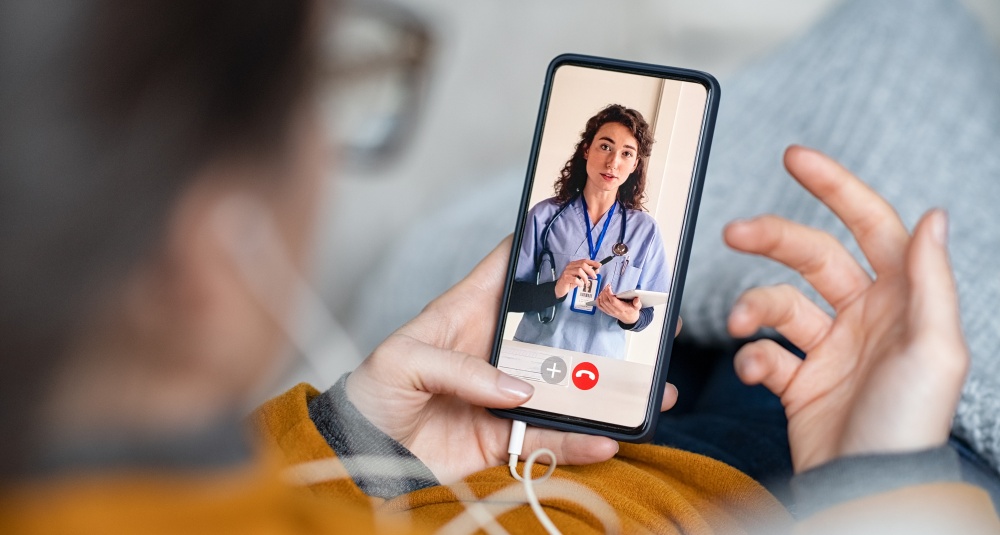
According to a recent McKinsey study, the pandemic advanced the digitization of internal operations by three to four years. This trend is more pronounced in healthcare and, more specifically, in the telehealth industry, which has evolved significantly from video consultations to comprehensive digital engagement in all aspects of the patient, nurses, and doctor’s journey.
Digital engagement, generally defined, is the enablement of communication and collaboration through multiple digital channels and the insights gained from real-time analytics for a variety of customer engagement, employee engagement, and business operations. Platforms that support voice, video, and messaging-based engagement with conversational analytics serve as a backbone for enterprise digital transformation.
We spoke with Natasha Tamaskar, SVP of Marketing at Radisys, a global leader in open telecom solutions with a great deal of experience in the connected healthcare domain. In addition to developing medical imaging solutions, Radisys earlier this year launched its Engage Digital Platform, which offers a unique approach to enhancing patient and staff engagement.
The platform makes it easier to get answers to questions, enables self-service care, supports appointment setting and reminders, provides crystal clear patient-to-nurse/doctor voice and video calling without background noise, automates prescription refills, and supports language translation among other features.
The platform also enhances team productivity, with nurse-doctor-doctor collaboration, voice analytics assistance for customer support agents, hands-free note-taking, and even a sensor-activated emergency response system.
“Telehealth is simply the distribution of health-related services and information via telecommunication technologies, whether through computers or smartphones – increasingly the latter,” Natasha said. “Traditionally, solutions have covered long-distance patient and clinician contact, care, advice, reminders, education, intervention, monitoring, and remote admission.”
Digital platforms can help enable a world-class telehealth experience through a myriad of capabilities. For example, digital platforms can alert doctors when they are most needed, enhance clinical efficacy with embedded communications and conversational AI in healthcare workflows, and even automate patient interactions for informed care.
With the help of digital engagement platforms, patient-doctor interactions become easy and possible, regardless of medium or location. Some platforms support virtual visits to diagnose patients and collaborate with patients and peers to discuss lab results from anywhere, even in low-bandwidth connectivity, while omnichannel patient engagement makes it simple to discuss results with patients via text, voice, and high-definition video communications.
“We help hospitals and clinics support their hardworking first responders, physicians, nurses, technicians, specialists, social workers, and all of the staff that supports them. It translates into better experiences for patients, and a better bottom line when operations are dramatically streamlined,” Natasha explained.
Overall, the exploding demand for telehealth services, aging populations with chronic illnesses, and the shortage of doctors and nurses call for automation of healthcare services. This, along with the fact that society is continuing to venture further into a new digital era, makes digital platforms, such as the Engage Digital Platform, critical for healthcare organizations who wish to be able to offer the best possible service for the greater good of its citizens.
Edited by
Erik Linask